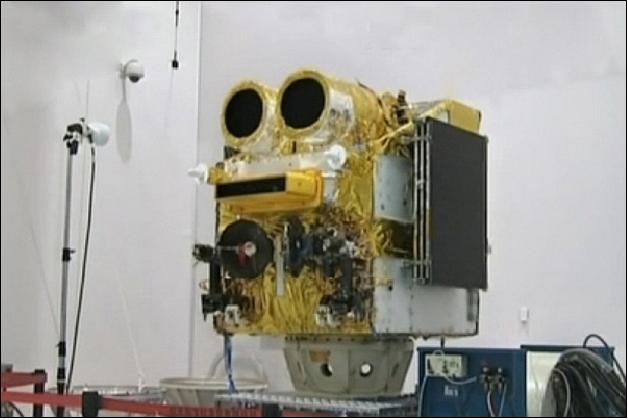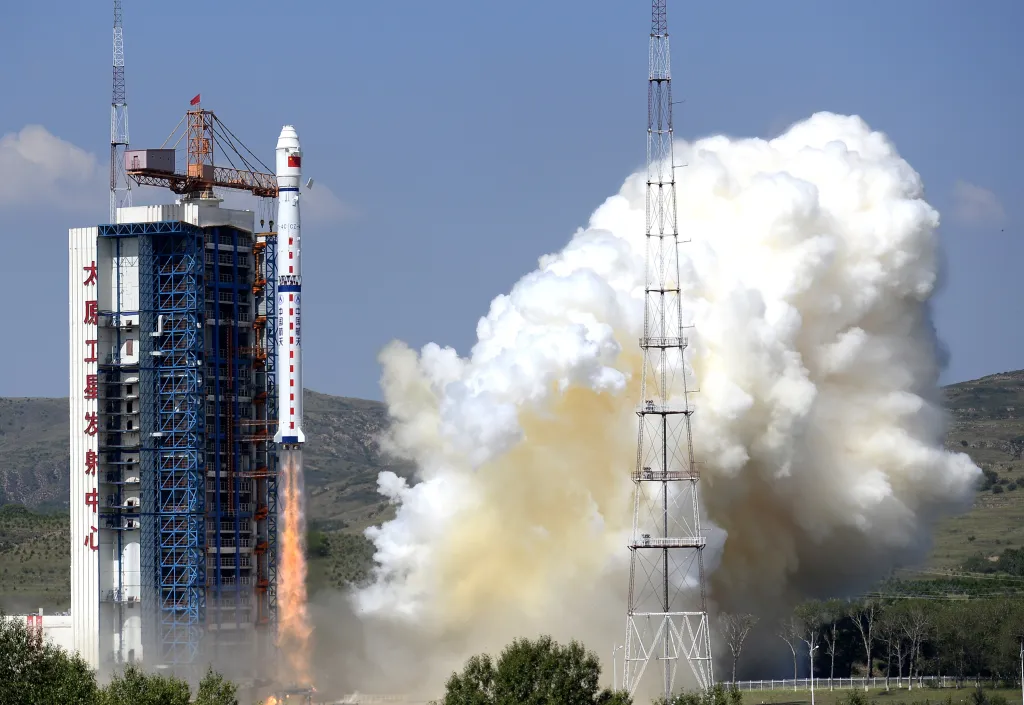Featured image credit: Xinhua
Lift Off Time | November 19, 2021 – 01:51 UTC | 09:51 BJT |
|---|---|
Mission Name | Gaofen-3-02, a Chinese remote sensing satellite |
Launch Provider | China Aerospace Science Corporation (CASC) |
Customer | China National Space Administration as part of the China High-resolution Earth Observation System |
Rocket | Long March 4B |
Launch Location | LC-9, Taiyuan Satellite Launch Center, China |
Payload mass | Likely around ~1,100 kg, but a maximum of 2,800 kg (6,100 lbs) based on orbital parameters |
Where did the satellite go? | Unknown sun-synchronous orbit |
Did they attempt to recover the first stage? | No, the Long March 4B is not capable of recovery |
Where did the first stage land? | It will crash on land in North-West China |
Did they attempt to recover the fairings? | No, the Long March 4B is not capable of recovery |
Were the fairings new? | Yes |
This was the: | – 44th launch of a Long March 4B – 116th orbital launch attempt of 2021 (109th successful) |
Where to watch: | In the unlikely event of a replay, it will be listed here |
How Did It Go?
The China Aerospace Science Corporation successfully launched an Earth observation satellite on their Long March 4B rocket. The Gaofen-3-02 mission launched from the Taiyuan Satellite launch center, in China, to a Sun-synchronous low-Earth orbit with an unknown altitude. This launch marked the 44th launch of a Gaofen satellite.
Gaofen Satellites
The Gaofen constellation is a series of Chinese civilian Earth observation satellites. The constellation currently consists of just over 30 active satellites, with Gaofen 02C failing to reach orbit in September of 2020. The Gaofen constellation provides Chinese civilians with near real time observations for geographical mapping, resource surveying, environmental research, climate change monitoring, and several other observation activities.
While not much is known about the Gaofen satellites, a lot can be learned from the Gaofen 1 satellites, which are similar. Each satellite has a mass of roughly 1,100 kg (2,400 lbs) and is based on the CAST-2000 extended spacecraft bus. The Gaofen-3-02 satellite has a lifespan of roughly 5 to 8 years and contains two sets of cameras. The first set of high resolution cameras have a swath of roughly 69 km (43 miles) and the second set of wide field of view cameras have a swath of 830 km (516 miles).
The Gaofen-3-02 satellite is also equipped with a 3-axis stabilization which ensures that the satellites are always pointed towards the Earth. Due to this, an individual satellite is able to revisit every part of the Earth in under 4 days.

Long March 4C
The Long March 4C is a three-stage medium-lift launch vehicle derived from China’s Long March 4B vehicle. It is able to put up to 4,200 kg into low-Earth orbit, 2,600 kg into a Sun-synchronous orbit, and up to 1,500 kg into geostationary transfer orbit (GTO).

First Stage
The first stage has four open cycle YF-21C engines. Each engine runs on dinitrogen tetroxide (N2O4) and unsymmetrical dimethylhydrazine (UDMH), producing 740 kN of thrust, with a specific impulse (ISP) of 260 seconds. Overall, the first stage produces 2,960 kN of thrust and carries 182,000 kg of propellant. The first stage is 27.91 m tall, and 3.35 m in diameter.
Second Stage
The second stage runs on a single YF-24C engine, which contains 1 main YF-22C engine for thrust, and 4 YF-23C attitude control thrusters. The main engine produces 742 kN of thrust and the attitude control thrusters each produce 47 kN, and both run on N2O4 and UDMH. The main engine’s ISP is 300 seconds, and the attitude control thrusters have an ISP of 289 seconds. The second stage is 10.9 m tall, 3.35 m in diameter, and carries 52,700 kg of propellant.
Third Stage
The third stage has two open cycle YF-40A engines that also run on N2O4 and UDMH. Each engine produces just over 100 kN of thrust and has an ISP of 303 seconds. The third stage is 14.8 m tall and 2.9 m wide.





